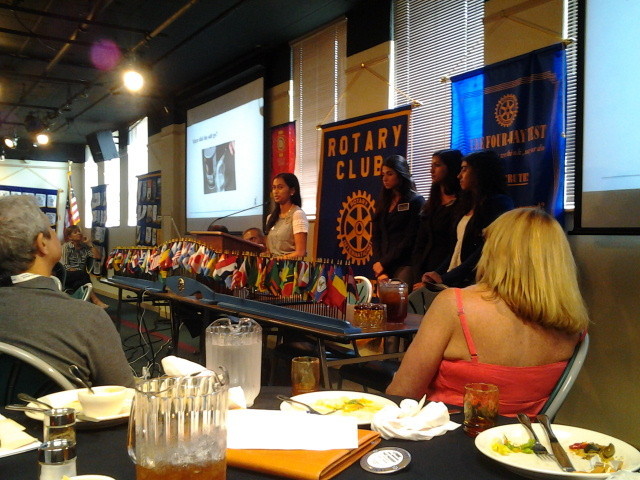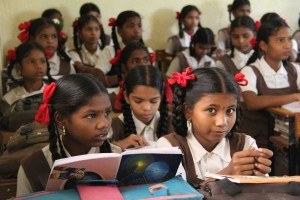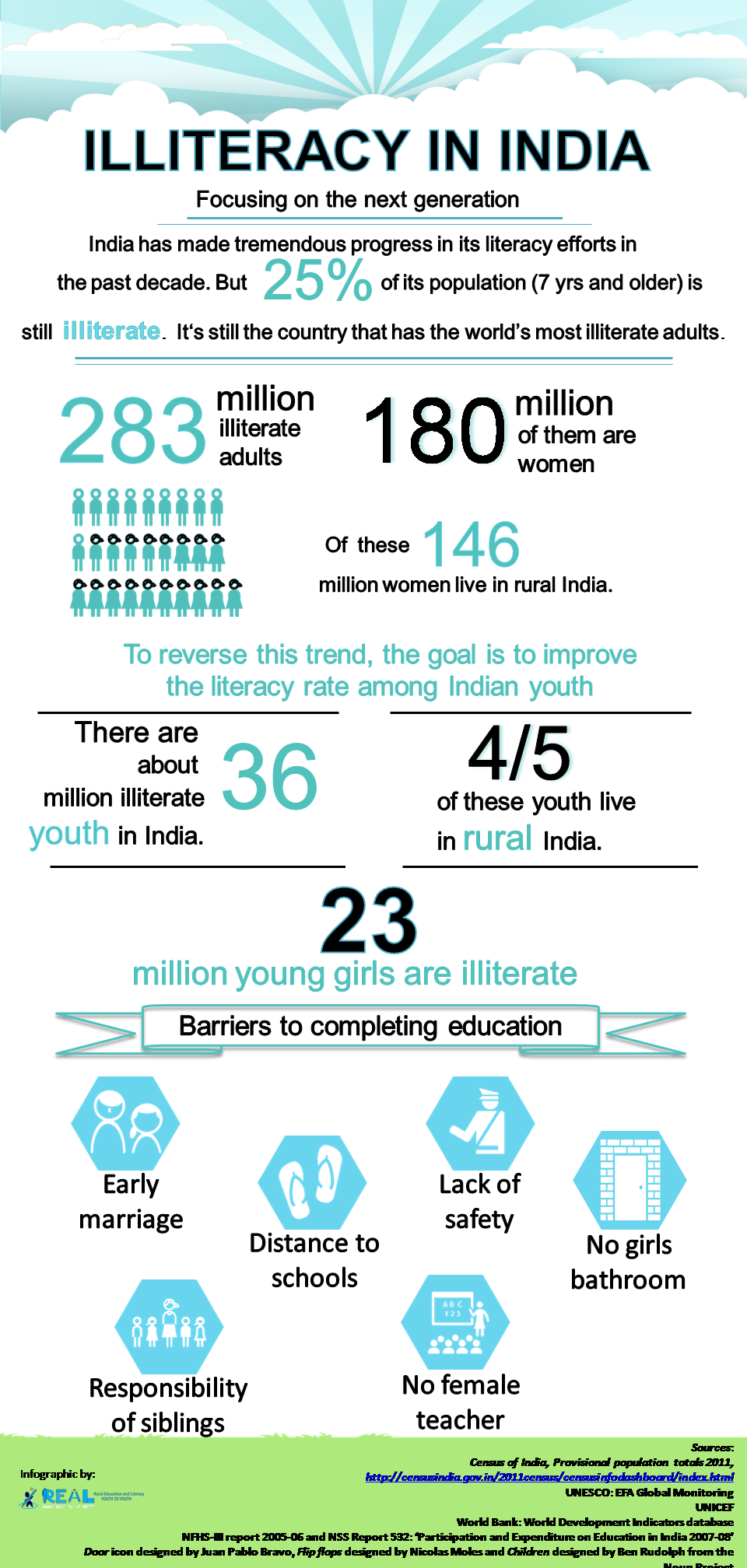On April 15, dozens of heavily armed terrorists wrecked havoc on a girls’ boarding school in northern Nigeria in the middle of the night. They woke the girls with gunfire, set the school aflame, and herded terrified schoolgirls, aged 15 to 18, into their vehicles. They drove off, vanished, and have not been seen since.
The extremist Muslim group, called Boko Haram (which in the Hausa language translates to “Western education is sin”) kidnaped this girls and are currently selling them for $12 each to become “wives” of militants. 276 of the girls are still missing, and the Nigerian government has done close to nothing to find the girls and free them.
These were the girls who had the guts to seek an education in an environment that strove to suppress them. These were the girls who were set to become teachers, doctors, and lawyers. These were the girls who were set on making a change in their world.
The kidnapping was a part of the global backlash against girls’ education. Malala Yousafzai was attacked for advocating for girls’ education. Girls had acid thrown on them in Afghanistan while walking to school. Countless numbers of schools that have been demolished in Nigeria.
If the girls aren’t rescued, “no parent will allow their female child to go to school.” As an article in the New York Times put it, “The best tool to fight extremism is education, especially of girls — and that means ensuring that it is safe to study. The greatest threat to militancy in the long run comes not from drones but from girls with schoolbooks.”
A massive international effort went into the search for the missing Malaysian Airlines flight. The world has demonstrated that it is perfectly capable of putting together an extreme rescue effort. Incredibly enough, very little media attention has been given to this atrocity, and no international effort has been made. These girls–these future doctors, lawyers, teachers, and change-makers–need to be brought home.
Please read the full article here.



